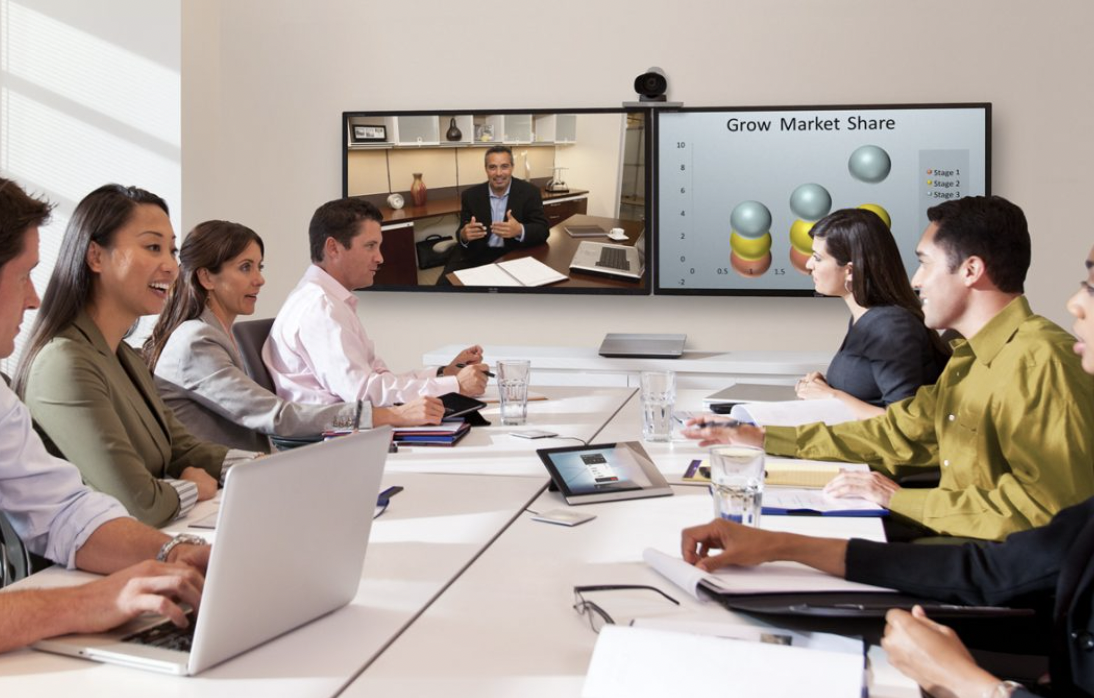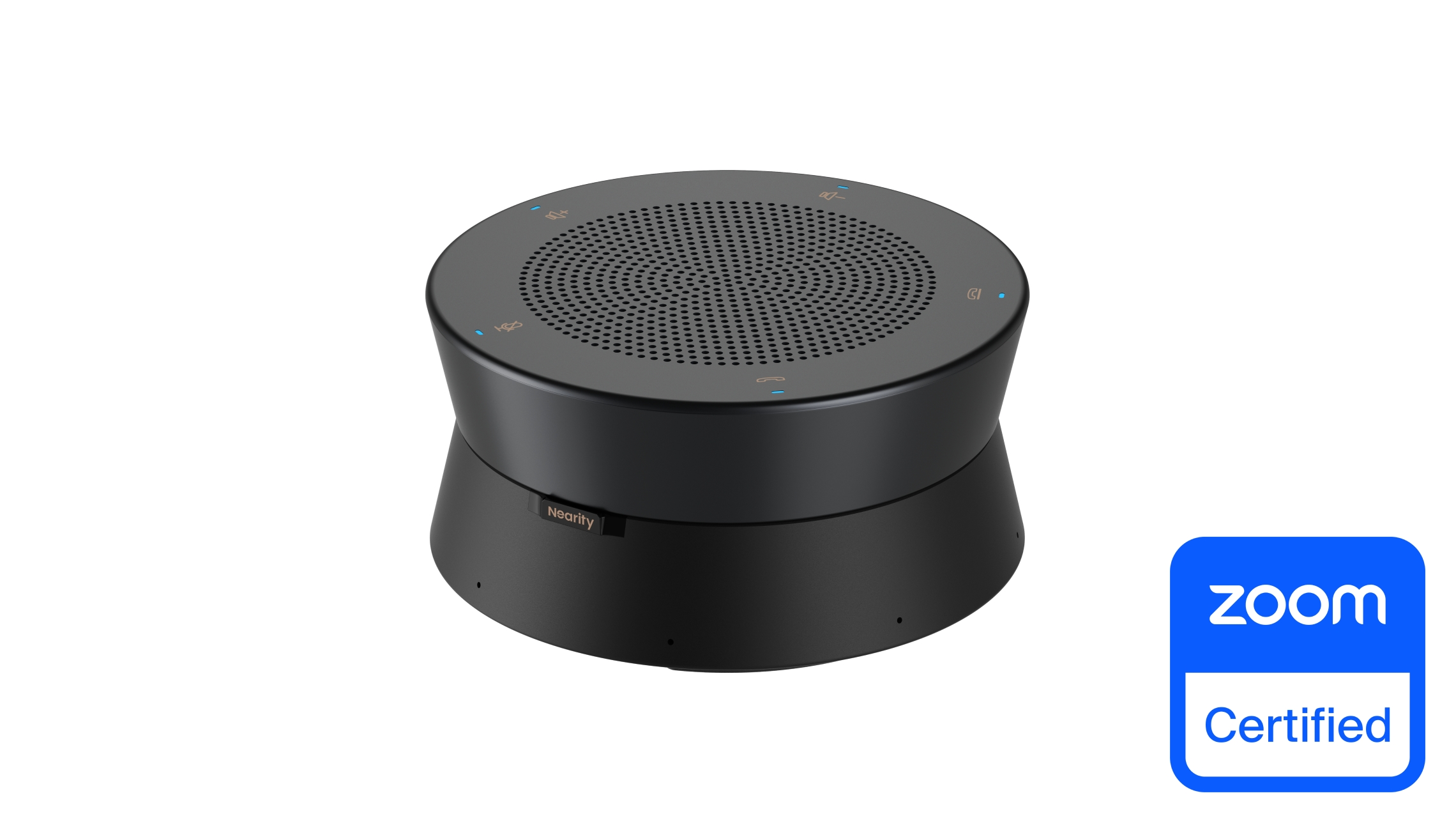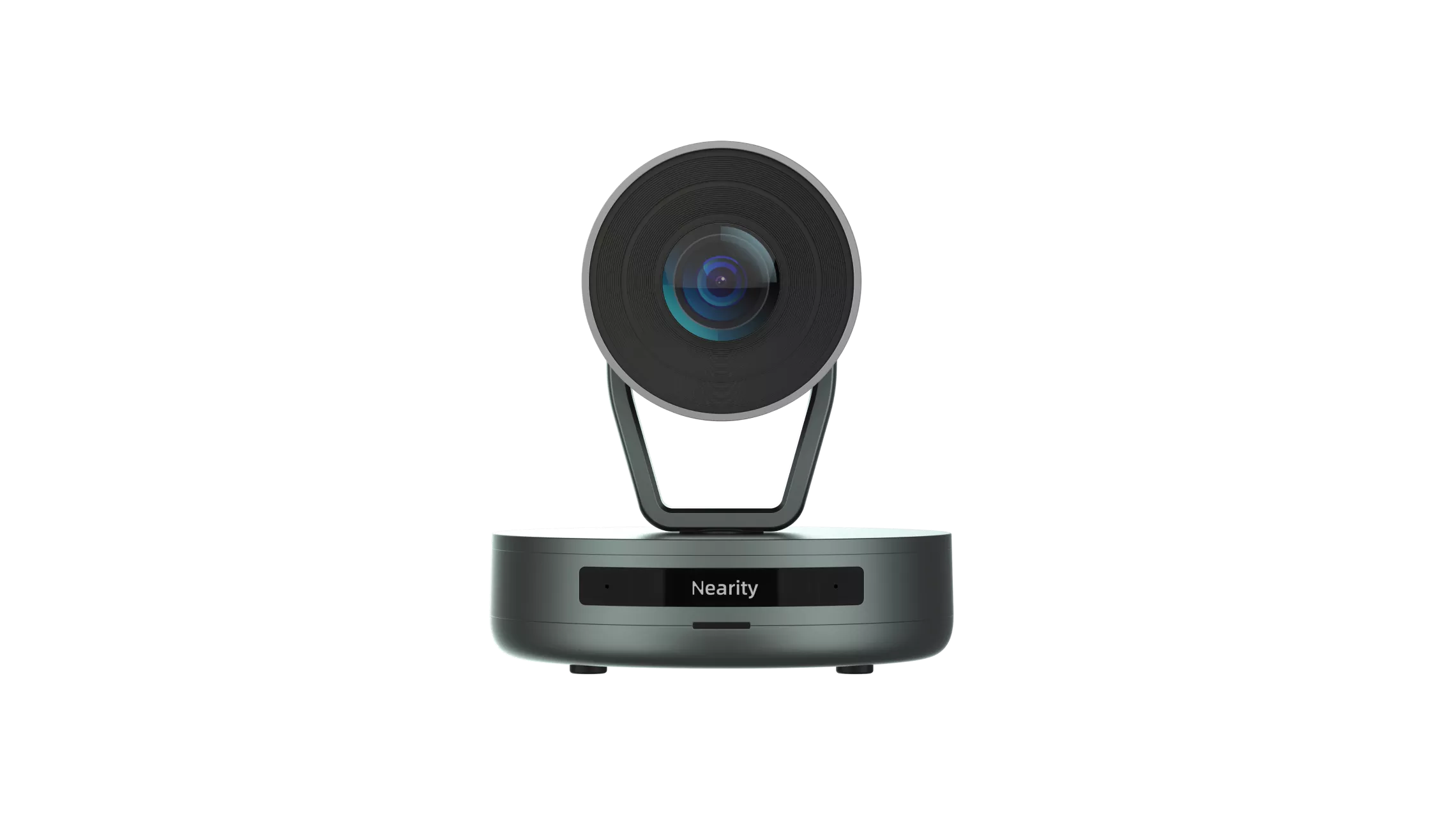What is virtual meeting?
A virtual meeting is a type of meeting that takes place through electronic communication technology, such as videoconferencing, audio conferencing, or web conferencing. Participants are able to communicate with each other in real-time, despite being in different physical locations, using a computer, smartphone, or other internet-connected device. Virtual meetings are commonly used by businesses, educational institutions, and organizations to hold meetings, presentations, training sessions, and other events remotely.
Why is virtual meeting necessary in today’s world?
As the world becomes more connected and technology advances, virtual meetings have become an increasingly popular and important way for people to communicate and collaborate. There are several reasons why virtual meetings are necessary in today's fast-paced and ever-changing work environment.
- Increased Flexibility: Virtual meetings allow participants to join from anywhere with an Internet connection, making it easier for people to attend meetings without the need for physical travel.
- Time and Cost Savings:Virtual meetings eliminate the need for costly and time-consuming travel, which can save organizations money and allow participants to use their time more effectively.
- Improved Collaboration:Virtual meetings allow teams to collaborate in real-time, share ideas, and provide feedback regardless of their physical location.
- Increased Productivity:With virtual meetings, participants can join from their own workspace, which can help reduce distractions and increase focus, resulting in more productive meetings.
- Improved Work-Life Balance:Virtual meetings can help to improve work-life balance by reducing the need for lengthy and stressful commutes, which can lead to greater job satisfaction and productivity.
In conclusion, virtual meetings offer many benefits that make them an essential tool for modern organizations. They provide increased flexibility, time and cost savings, improved collaboration, increased productivity, and improved work-life balance. As more and more companies adopt hybrid work models and remote work becomes more common, virtual meetings will continue to be an important part of how people communicate and work together.
Are there any different types of virtual meeting?
As previously mentioned, virtual meeting platforms can support various types of meetings, depending on the host's goals. The host can choose a meeting style that suits their specific needs, such as focusing all attendees on the main presenter or forgoing the use of video. There are several broad meeting types that can be tailored to meet specific needs and preferences.
- Video Conferencing: Video conferencing is a type of virtual meeting that allows participants to see and hear each other in real-time using video and audio technology. This type of meeting is ideal for situations where face-to-face communication is important, such as team meetings, interviews, or client presentations.
- Audio Conferencing:Audio conferencing is a type of virtual meeting that allows participants to communicate using only audio technology, such as a telephone or computer. This type of meeting is useful for situations where participants are unable to join a video conference due to technical limitations or low bandwidth.
- Web Conferencing:Web conferencing is a type of virtual meeting that takes place over the internet, with participants using a web browser or software application to join the meeting. This type of meeting is ideal for situations where participants need to share information, such as presentations or documents, and can be used for both video and audio conferencing.
- Screen Sharing:Screen sharing is a type of virtual meeting where participants can share their computer screen with others in the meeting, allowing them to view and interact with documents, presentations, or applications in real-time. This type of meeting is useful for situations where participants need to collaborate on a project or review a document together.
- Virtual Events:Virtual events are larger-scale virtual meetings, such as conferences, seminars, or trade shows, that take place entirely online. These events can include multiple sessions, speakers, and interactive features, such as chat rooms or virtual booths, and are ideal for situations where participants are unable to attend in-person events due to travel restrictions or other factors.
Overall, the type of virtual meeting used will depend on the specific needs of the participants and the goals of the meeting.
What do you need for a virtual meeting?
To participate in a virtual meeting, you will typically need a few essential tools and devices.
Firstly, you will need a computer or a mobile device with an internet connection. This will allow you to access the virtual meeting platform and participate in the meeting. Additionally, you will need a microphone and a camera, either built-in or external, to communicate and show your face to other participants.
If you are joining a virtual meeting for business purposes, it is recommended to use professional-grade devices that provide high-quality audio and video. These devices can be easily connected to your computer or mobile device, and many are plug-and-play, meaning that they do not require any additional software or drivers to be installed.
One example of a professional-grade device is the A21S conference speaker-mic and the V410 PTZ conference camera. This bundle delivers exceptional clarity with its 10x zoom and 350° pan range, making it a powerful plug-and-play solution that meets all your video conferencing requirements.
Finally, you will need a virtual meeting software or application to join the meeting. There are many options available, such as Zoom, Microsoft Teams, Google Meet, and many more. These platforms allow participants to join the meeting, communicate, share screens, and collaborate in real-time.
In summary, the essential tools for a virtual meeting include a device with an internet connection, a microphone, a camera, and virtual meeting software. For business purposes, it is recommended to use professional-grade devices that provide high-quality audio and video, such as the A21S+V410 bundle.
Tips for a successful virtual meeting
Running a successful virtual meeting requires careful planning and execution. Here are some tips to ensure that your virtual meeting is productive and engaging:
- Set clear objectives: Before the meeting, clearly define the meeting objectives and communicate them to the participants. This will help everyone stay focused and on track during the meeting.
- Choose the right platform:Choose a virtual meeting platform that will meet your specific needs, whether it's a video conferencing tool with screen sharing capabilities or a collaboration tool for brainstorming sessions.
- Test your equipment:Make sure that your microphone, camera, and internet connection are working properly before the meeting starts. This will help avoid technical difficulties during the meeting.
- Start on time:Start the meeting on time to show respect for everyone's time and to keep the meeting on track.
- Encourage participation:Encourage participation from all participants by asking for their input, ideas, and feedback. This will help to keep everyone engaged and invested in the meeting.
- Use visual aids: Use visual aids such as slides, videos, and images to help illustrate your points and keep participants engaged.
- Follow up:After the meeting, follow up with participants to ensure that everyone is on the same page and that any action items are being addressed.
By following these tips, you can run a successful virtual meeting that is productive, engaging, and achieves its objectives.
How to prepare for a virtual meeting?
Preparing for a virtual meeting as an attendee is crucial to ensure that you can actively participate and contribute to the meeting effectively. Here are some tips on how to prepare for a virtual meeting as an attendee:
- Familiarize yourself with the platform:It is important to learn how to use the virtual meeting platform before the meeting. This includes how to join, communicate, and share your screen.
- Test your equipment:Make sure that your microphone, camera, and internet connection are working properly before the meeting starts. This will help you avoid technical difficulties during the meeting.
- Check the agenda:Review the meeting agenda and objectives to prepare any questions or comments you may have. This will help you stay focused and contribute to the meeting effectively.
- Find a quiet location:Choose a quiet location for the meeting and minimize any potential distractions. This will help you stay focused and engaged throughout the meeting.
- Be on time:Join the meeting on time to avoid interruptions and show respect for everyone's time. Being late can cause delays and disruptions for other attendees.
- Participate actively:Participate actively in the meeting by asking questions, sharing ideas, and providing feedback. This will help you stay engaged and contribute to the meeting's objectives.
- Dress appropriately:Dress appropriately for the meeting, even if it's virtual. This will help you maintain a professional image and show respect for the other attendees.
By following these tips, you can prepare for a virtual meeting as an attendee and ensure that you can actively participate and contribute to the meeting effectively.
How to choose a proper virtual meeting background?
Virtual background options for virtual meetings depend on the virtual meeting platform being used. However, most platforms offer a variety of virtual backgrounds that users can choose from or customize. Here are some of the virtual background options that are commonly available:
- Standard backgrounds:Many virtual meeting platforms offer a range of standard backgrounds, such as office settings, natural landscapes, and abstract designs.
- Custom backgrounds: Users can upload their own images or videos to use as virtual backgrounds. This can be useful for branding purposes or for creating a more personalized experience.
- Blurred backgrounds: Some virtual meeting platforms offer the option to blur the background, which can help to minimize distractions and keep the focus on the speaker.
- 3D backgrounds: Some platforms offer 3D virtual backgrounds that add depth and dimension to the virtual meeting environment.
- Video backgrounds: Some platforms allow users to use videos as virtual backgrounds, which can help to create a more engaging and dynamic virtual meeting environment.

Learn more about zoom background?
- https://www.nearity.co/blog/funny-zoom-background
- https://www.nearity.co/blog/office-background
- https://www.nearity.co/blog/professional-zoom-backgrounds
How to introduce yourself in a virtual meeting?
Introducing yourself in a virtual meeting is an important step to help build connections with other participants. Here are some tips on how to introduce yourself in a virtual meeting:
- Start with a greeting:Begin by greeting the other participants, for example, "Good morning, everyone."
- State your name and role: Introduce yourself by stating your name and your role or position in the company or organization.
- Provide some context:Briefly mention why you are attending the meeting or your connection to the topic being discussed.
- Be concise: Keep your introduction brief and to the point. Avoid going into too much detail or sharing personal information that is not relevant to the meeting.
As a way to break the ice and facilitate distance collaboration during virtual meetings, NEARITY offers innovative solutions that focus on audio as its core competency. NEARITY's sophisticated audiovisual gears are designed to bring people and institutions near to each other, making distance collaboration more seamless and effective.
To ensure high-quality audio and video during virtual meetings, it is recommended to use professional-grade devices such as NEARITY's speakermic and conference PTZ camera. These devices are designed to make it easy for users to hold meetings with exceptional clarity and quality.
Conclusion
Virtual meetings are crucial for modern organizations because they offer flexibility, improved collaboration, and productivity. They come in various types, such as video conferencing and audio conferencing. To participate, you need a device with an internet connection, microphone, camera, and virtual meeting software. Running a successful virtual meeting requires careful planning and execution, with attendees preparing by familiarizing themselves with the platform, testing equipment and some other preparations. Virtual meeting backgrounds vary, and they can create a more engaging and dynamic virtual meeting environment. Introducing yourself in a virtual meeting is also important. To achieve a better online meeting environment, NEARITY's speakermic and conference PTZ camera are professional-grade devices that help ensure high-quality audio and video during virtual meetings and make distance collaboration more seamless and effective.




